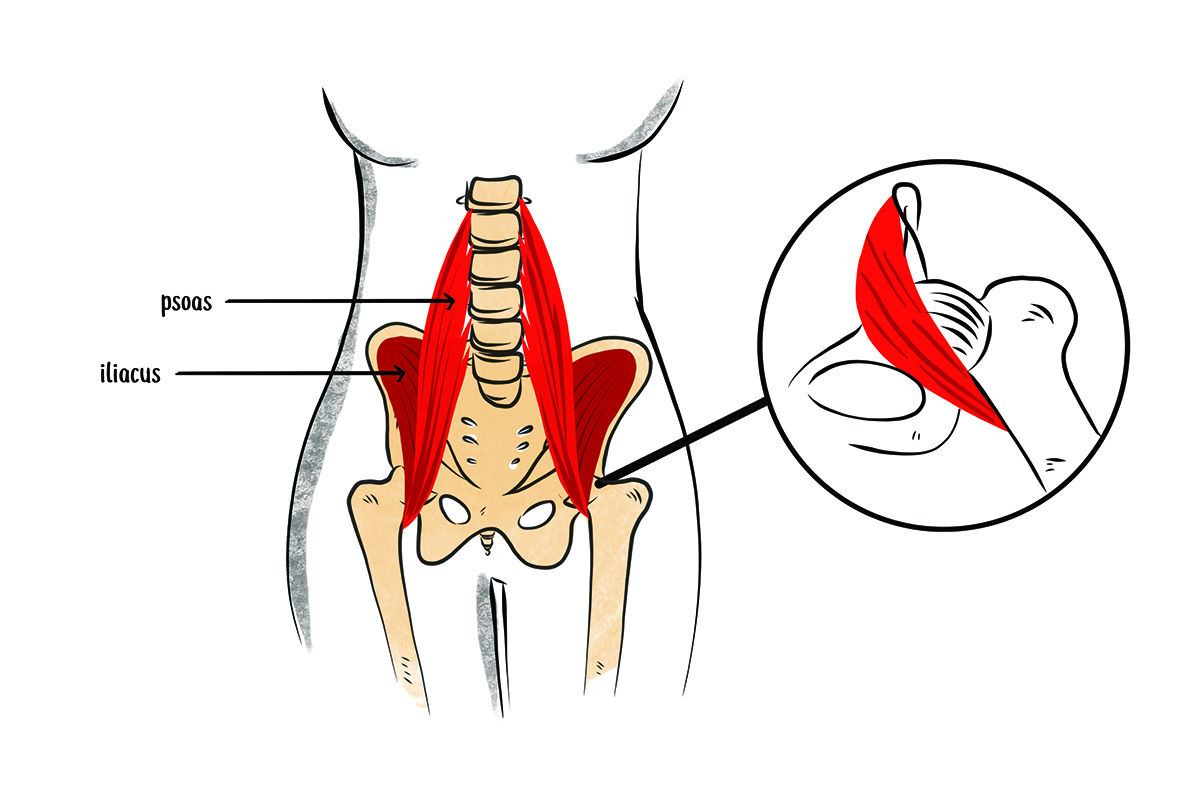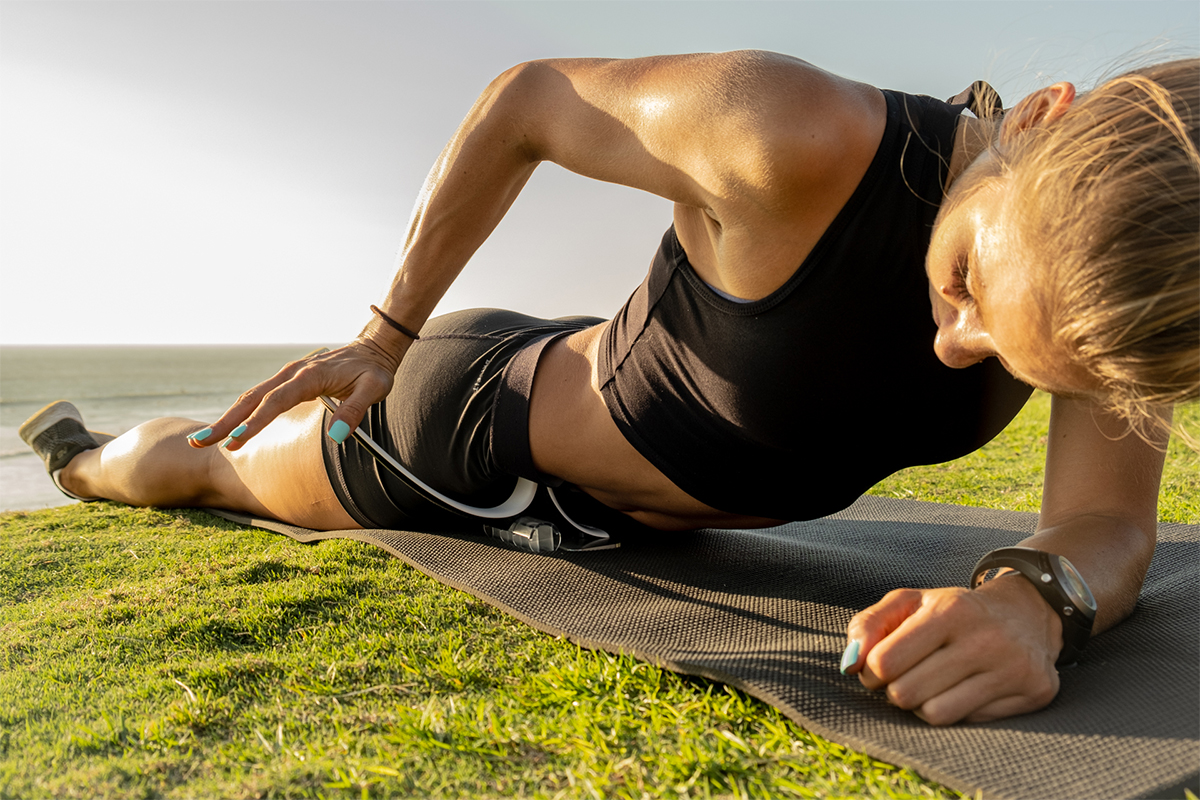If you have snapping hip, chronically tight hamstrings, difficulty with a deeper squat or higher jump, or play any sport that involves shifting your weight, you probably have tight hip flexors. According to Christine Koth, MPT, best-seller author and founder of Aletha, a tight iliopsoas (your primary hip flexor) is one of the most common issues she sees in her clients and a primary cause for stunted progress and/or pain when training or exercising.
“The Hip Hook is the first and only muscle release tool for both the psoas and iliacus muscles—the primary hip flexors. You can’t relax one without relaxing the other,” explains Koth. “Since launching last summer, 35,000 Hip Hooks have been sold in more than 30 countries, and over 70,000 iliaci have been released.” Due to the hip flexors’ direct relationship to performance–and injury-prevention–the Hip Hook is currently used in the training rooms of NBA, MLB, NFL, NHL, PGA, and Ironman pros.
The Hip Hook is effective because, according to Brianna Bernard, NASM-certified and an Isopure Athlete, “The best way to release muscle knots is through applying direct, prolonged pressure for 30 to 90 seconds.” Due to its angled tip, ability to rotate, and its balanced weight and density, this tool targets the exact pain point without slipping, allowing you to access tight spots and give them the direct pressure they need to fully relax.
Why Is It Shaped That Way?
Rounded, perpendicular pressure can’t reach the iliacus muscle.
Manual iliacus release is a proven technique among high-level coaches and PTs for increasing stride, hip extension and explosiveness, in addition to alleviating low back, hip and knee pain. Because the iliacus runs alongside the pelvic bone, it requires a skillful practitioner and a very specific angle to access it. The trainer or therapist then needs to be able to hold pressure on that spot for 30-90 seconds, and it’s a bit of a finger-breaker.
Releasing the Psoas Without the Iliacus Only Provides Short-Term Results

Since the iliopsoas runs diagonally through the body, connecting the lower spine, the pelvic bones and the top of the femur, it has the important job of connecting the upper body to the lower body. “If someone has unresolved or recurrent pain and has only found short-term solutions, it’s worth considering that there could be knots in the iliopsoas,” according to Koth.
The iliopsoas is comprised of two muscles: the psoas and the iliacus. During movement, these muscles are repeatedly contracting and stretching, while also stabilizing your hips and spine. This can quickly lead to overuse and muscle fatigue. These two muscles work as a team: if you release the psoas without the iliacus, you won’t get long-lasting results as the pelvis will continue to be tugged and rotated, creating imbalance in the entire chain.
How Do You Use the Hip Hook?
The Hip Hook can be used on the floor or against the wall, working with your own bodyweight to apply targeted pressure to the iliopsoas to release tension, reduce pain and realign the pelvis. “When someone first lays on the Hip Hook, it is positioned to release the psoas. When the handle is pushed towards the floor or wall, the tip pivots to reach the iliacus muscle, pinning it against the pelvic bone and allowing that necessary, direct, prolonged pressure,” says Koth.
The Hip Hook is designed to mimic the manual techniques Koth has used for 20+ years in clinical practice. She explains, “The angle is key. Perpendicular pressure can’t access the iliacus in a clinically-effective way that produces long-term results. Rounded massage tools can help to release the psoas, but they can’t touch the iliacus.”
For a limited time, IDEA readers can get 20% OFF the Hip Hook. If you want a small habit that creates a big impact for your body or your clients, start paying attention to this essential core muscle.













